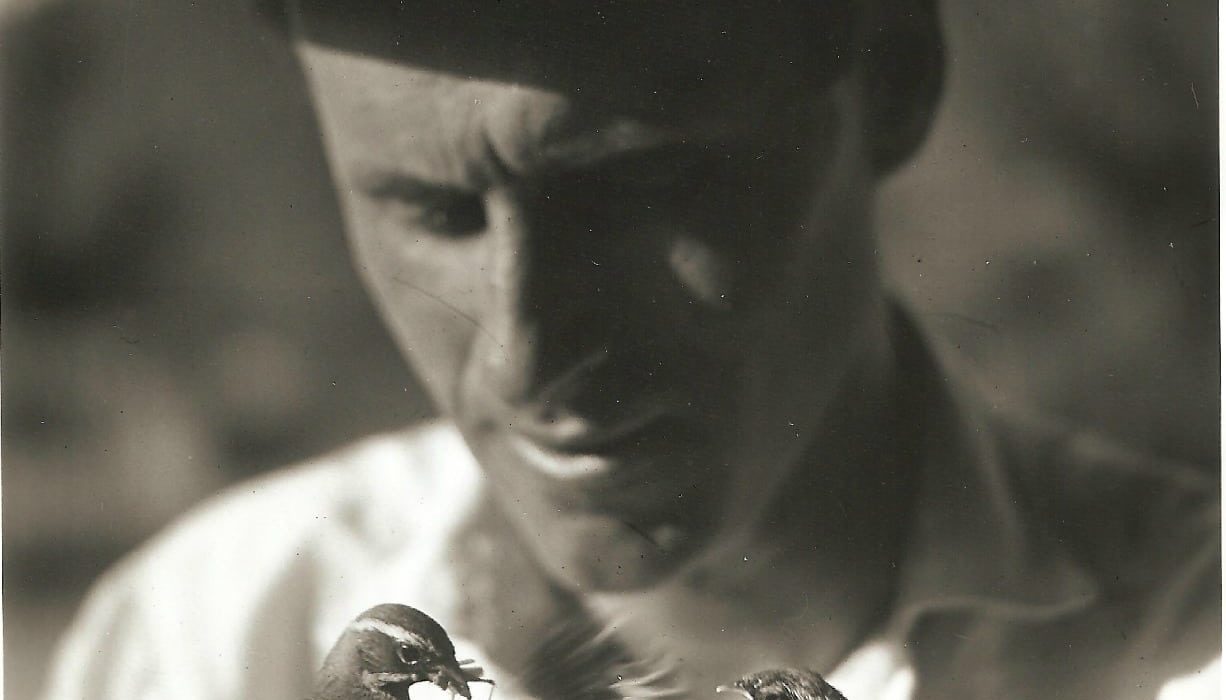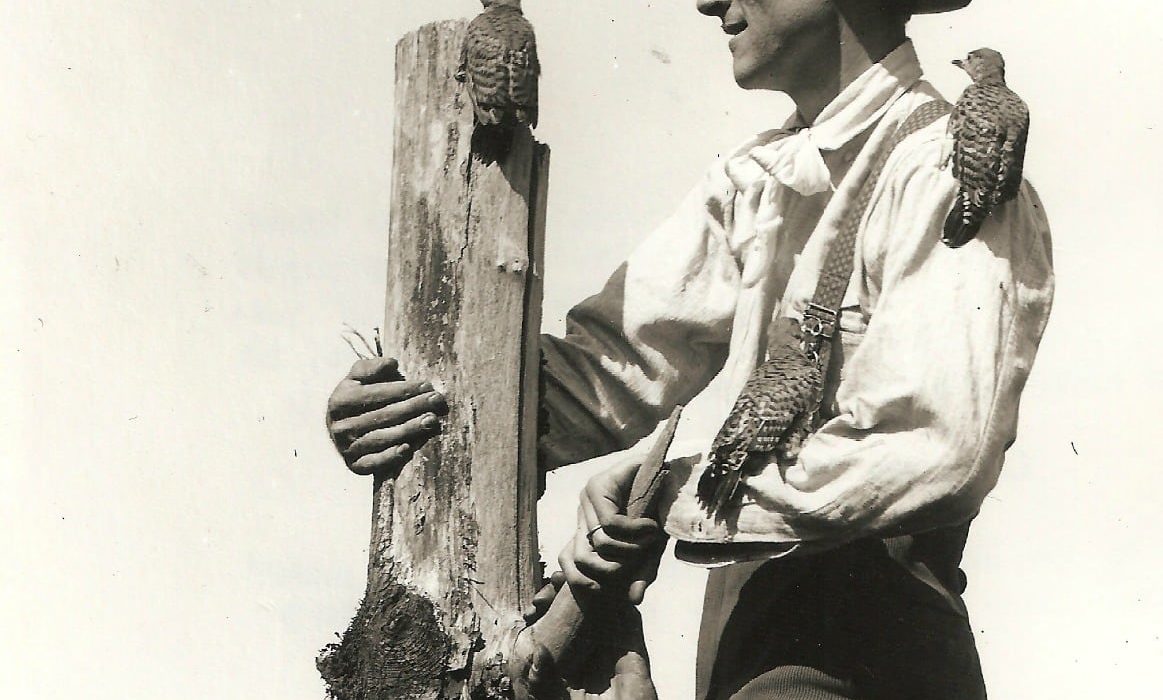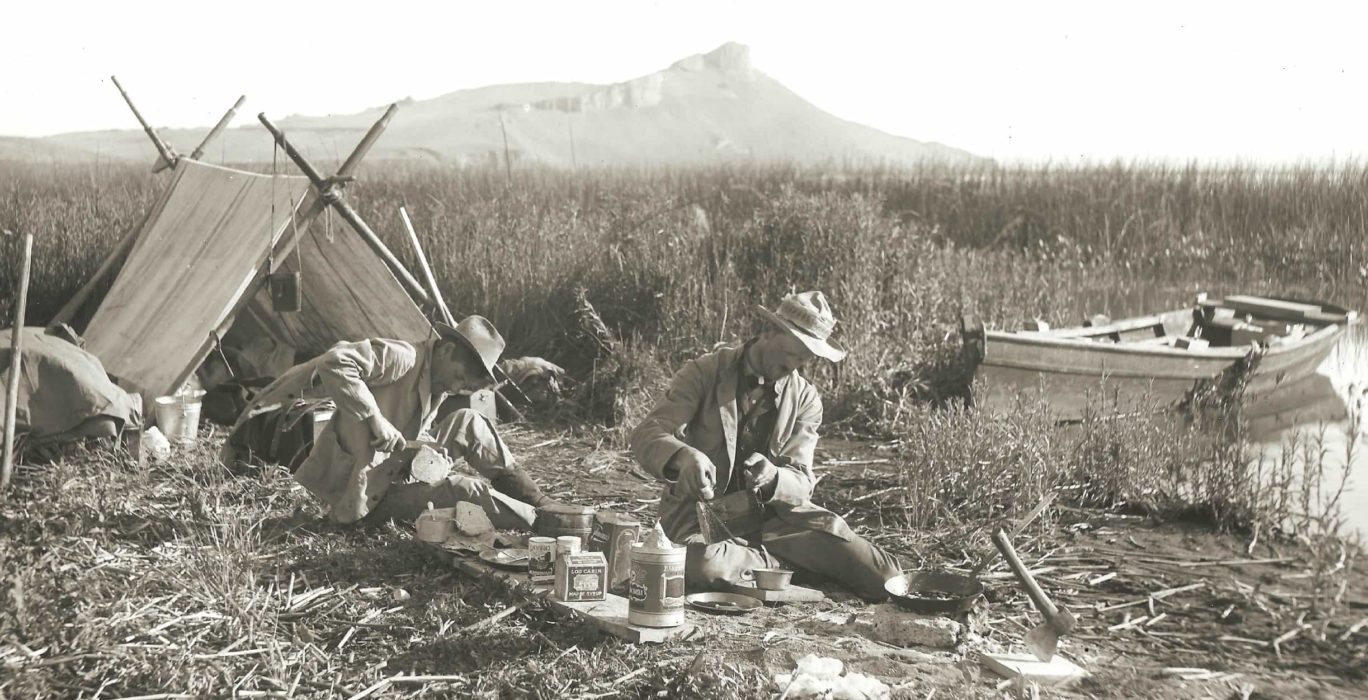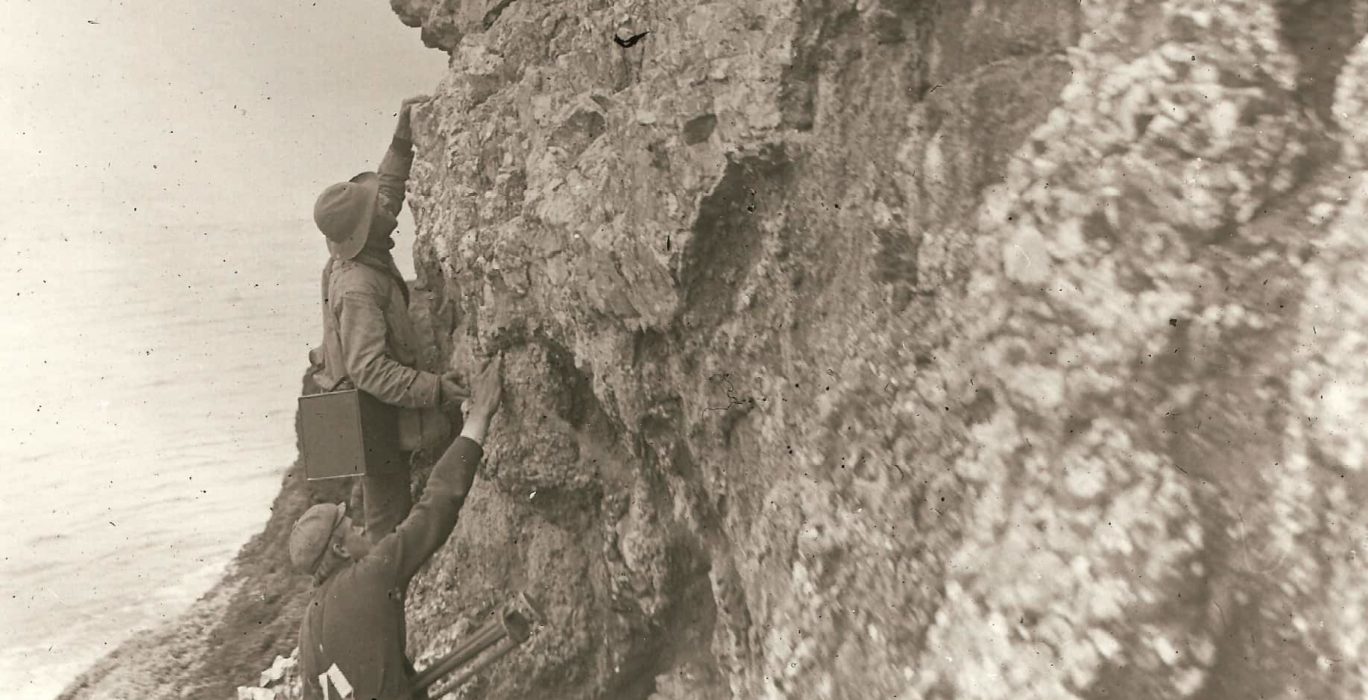The best getaways offer scenic beauty, plentiful wildlife and teach you more about Oregon. You’ll find all of that at a getaway in Hillsboro this summer through an exhibit and guided wildlife refuge tours that center on one of Oregon’s earliest wildlife photographers.
Moments with wildlife are best when they take your breath away! That’s exactly what happened to me when I entered the driveway of the Tualatin River National Wildlife Refuge near Sherwood.
Erin Holmes, US Fish and Wildlife Refuge Manager, quickly set up and peered through the lens of her powerful spotting scope. As she focused on a mature bald eagle, perched atop a towering oak tree adjacent to the refuge’s visitor center, she called the wildlife moment “the best part of the job.”
“This is actually a common place for the eagles to hang out,” noted Holmes. “We have lots of visitors who come here, slow down as they drive up to park their vehicles and look over and up – wow, there’s a bald eagle!”
And over beyond the visitor center is more: approximately a half mile away, two mature eagles built a huge nest that rises above the refuge’s wetlands and fields where the parent’s first-ever eaglet stretched and flexed its wings. The youngster was prepping to leave the nest for the first time this spring.
“Bald eagles are like the poster children of conservation!” said Holmes. “They represent what we can do to conserve and bring a species back from the brink of extinction. Everybody can see them here and I think that’s just a magical thing.”
There’s more magic indoors at the nearby Washington County Museum in Hillsboro. Barbara Mason, the museum’s curator, stopped and admired a stunning black and white image of a tufted puffin. The impressive photograph is a part of a new exhibit of wildlife photos called “Put A Bird On It.” All of the images in the exhibit were captured by famed Oregon conservationist William Finley, who traveled much of Oregon in the early 1900s looking for photo opportunities of Oregon’s truest natives: the wildlife!
“On Finley’s photos you can see every feather on these birds. It’s just astounding,” noted the proud Mason.
It’s even more astounding to discover the images were captured over a century ago by one Oregon’s earliest wildlife photographers. “Finley is sort of a forgotten Oregon hero,” said Mason. “He was a conservationist in 1902 and he was one of the few on the west coast, so we’re very thankful and grateful to have his images to help share history.”
The print exhibit is certainly impressive and it was created by Portland photographer Ray Bidegain, who worked with the original glass negatives to create the exhibit’s prints through a pain-staking process. Bidegain learned much about photography techniques of a century ago and he has a new found respect for the effort Finley took with his work. “It was not easy,” said Bidegain. “They had such big cameras and the glass plates were heavy – and then add in the fact that wildlife were his subjects –they move around all the time so that made it even more difficult. I always think to myself, these guys did stuff that no one does anymore.”
The images represent Finley’s role in shaping Oregon’s early conservation ethic, according to Finley’s biographer, Worth Mathewson. Mathewson’s book is titled “William Finley — Oregon’s Pioneer Photographer” and is a wonderful account of Finley’s life and conservation contributions in Oregon.
The book describes how Bill Finley walked the talk of conservation at a time when few chose the path. “Finley and his partner, Herman Bohlman, appreciated and captured the natural beauty at Klamath and Malheur marshes in a way that no one had done before,” said Mathewson. “You’ve got to take your hat off and thank Bill Finley. What a treasure!”
Finley’s photos and his writings brought national attention to Oregon’s “wildlife at risk” at places like Three Arch Rocks, where sea birds were shot by thousands, and at the Klamath and Malheur Refuges. Finley thought it was all a crime and made sure it stopped. Each of the locations became Oregon’s first contribution to a young national wildlife refuge system in the early 1900s.
You can visit many of Oregon’s treasured wildlife refuges including one that bears Finley’s name near Corvallis. William Finley National Wildlife Refuge is especially lively in the fall, when migrating waterfowl by thousands fill your senses with their sight and sounds.
You can also visit the Finley photo exhibit to see and learn more about Oregon’s earliest wildlife hero. “I hope visitors appreciate that Finley was committed to making this record of birds and the Oregon environment,” said Bidegain. “It really gives people a sense that there’s tremendous beauty out there.”




